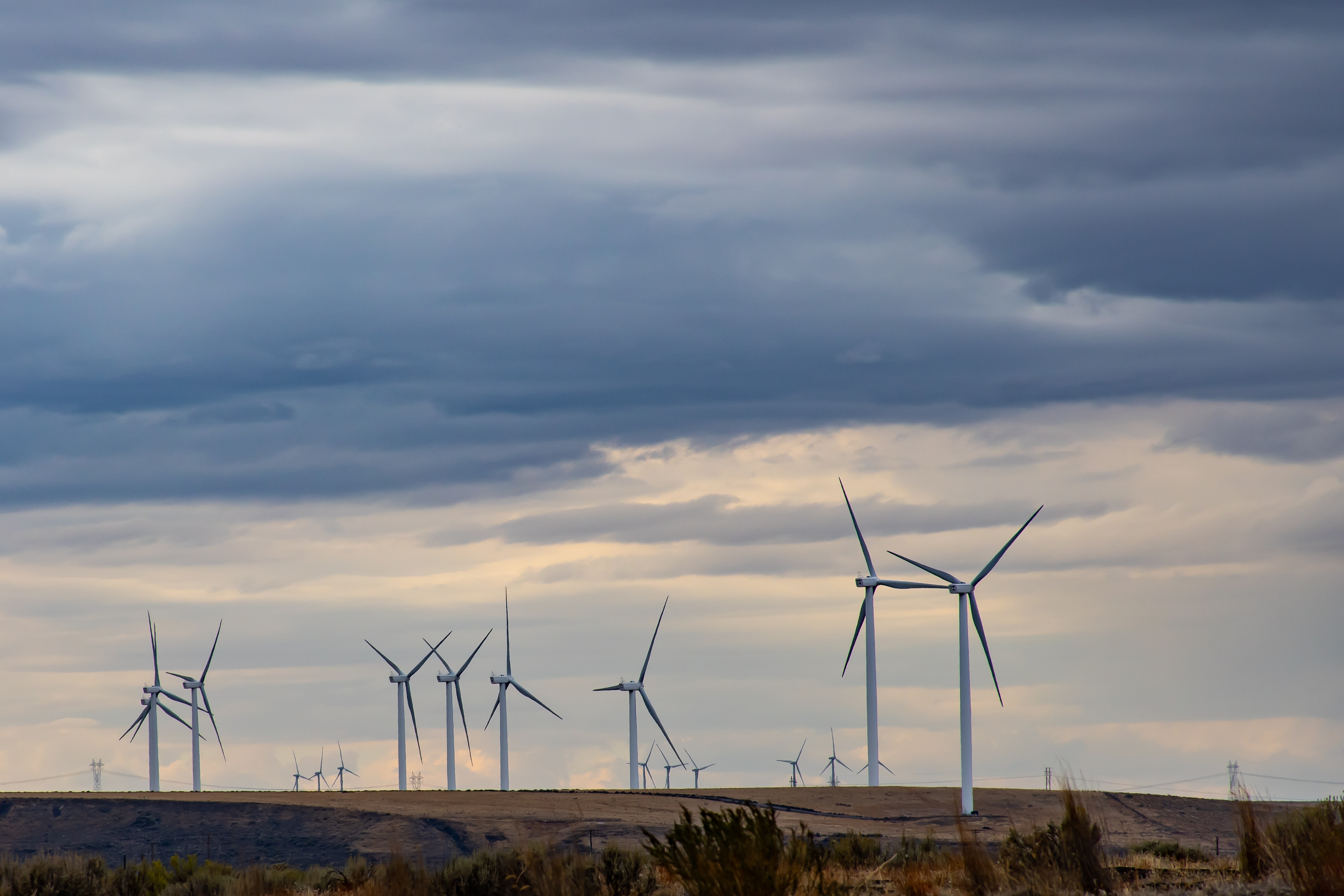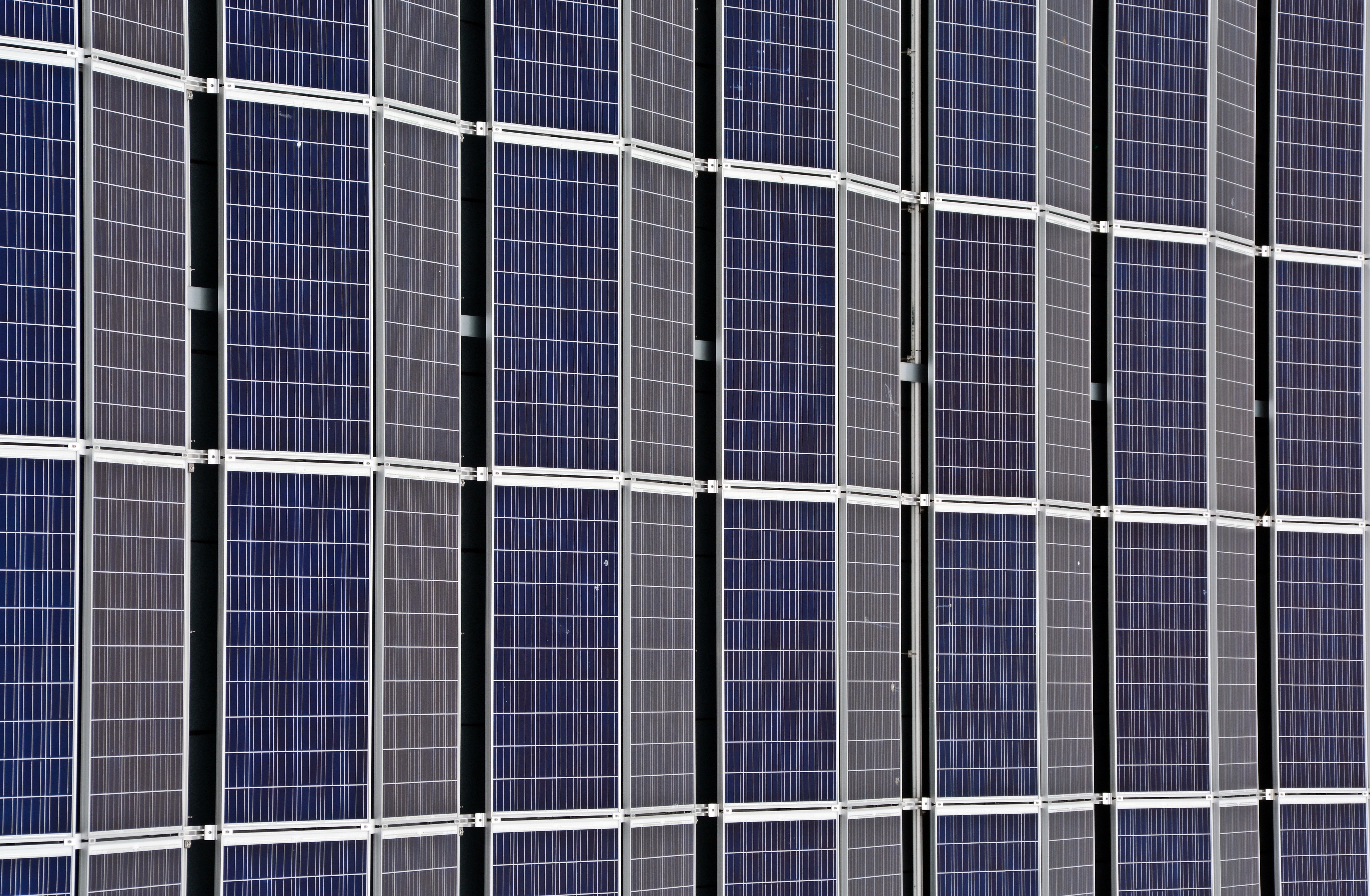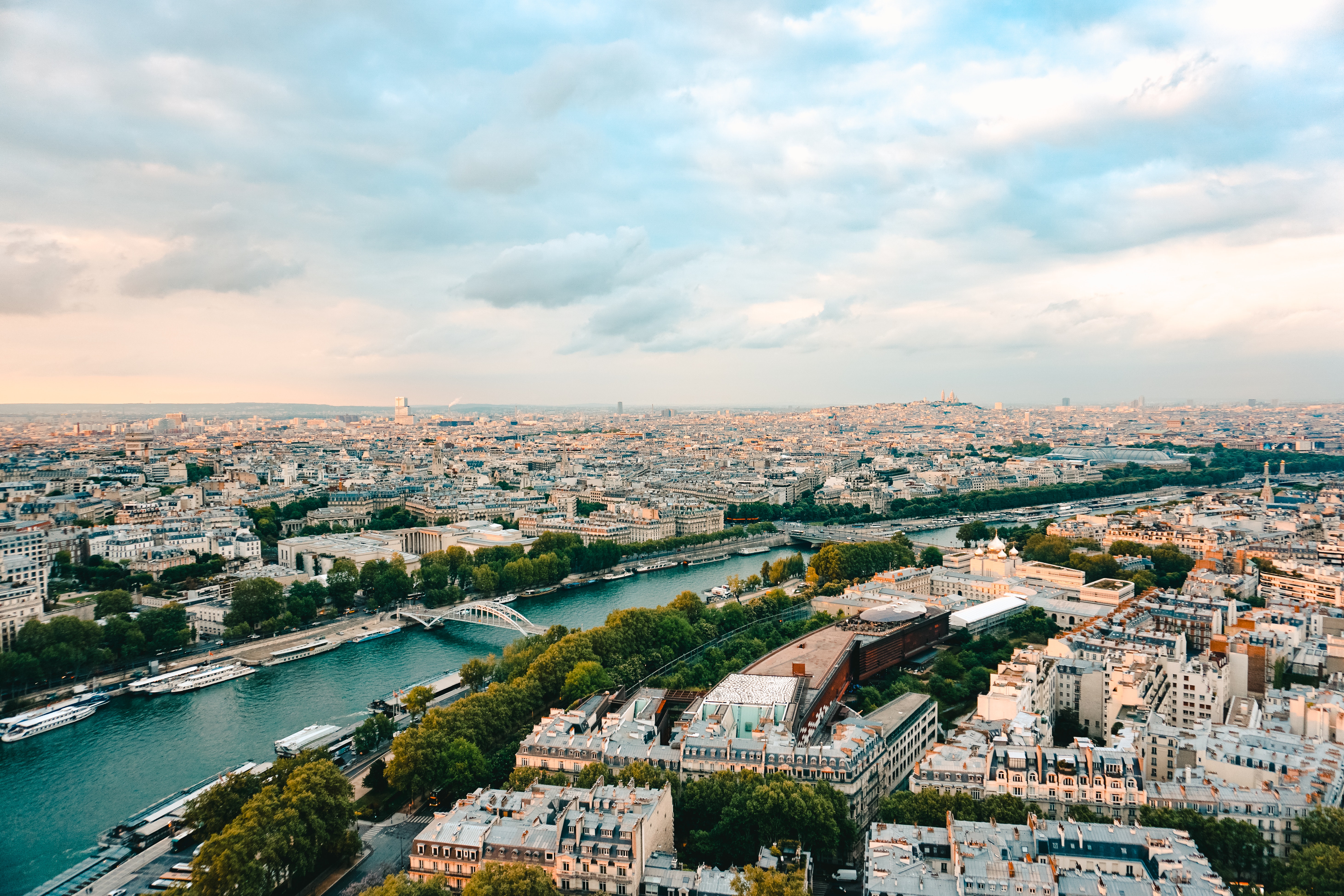Author: Ezekiel Akinsanya ’26
Since the release of OpenAI’s ChatGPT in 2022, enthusiasm about the seemingly endless possibilities of artificial intelligence has taken the world by storm. AI is certainly not a new technology, but technological breakthroughs for large language models over the past 12-18 months have spurred excitement for essay-writing students and magnificent seven* shareholders alike; placing a new spotlight on the technology.
*The “Magnificent Seven” stocks are the cornerstone of today’s tech market. These stocks include Amazon, Alphabet, Apple, Meta Platforms, Microsoft, Nvidia, and Tesla

All this attention has led to massive growth in the level of investment in AI, 2021 saw almost $280 billion of global corporate investment into AI1; this is roughly the same as the GDP of Finland and represents a 30x increase in investment from 2013. But what does this have to do with climate change?
With every year that passes, new research is published that suggests that the world is edging nearer to the point of no return. More people are turning towards climate activism now than ever before in the wake of the current climate disaster. Still, others have been patiently waiting for a breakthrough technology that will help us make the significant progress necessary to mitigate climate change completely (or just enough that we don’t wipe ourselves out), and artificial intelligence could be just that. One reason for our slow progress in this battle is the complexity of climate data; climate data sets are massive, and take a long time to collect, analyze, and interpret before top-down decisions can be made. But guess what technology does just that (hint: it starts with an A, and ends in an I), and a whole lot quicker than we’ve ever been able to.
Data Collection and Analysis
Oceans are arguably the only reason that we haven’t already wiped ourselves out as a result of climate change; absorbing 90% of the excess heat that we’ve created and 23% of human-related CO2 emissions2. However, our understanding of the ocean is extremely limited, not only because we have only explored 5%3 of it, but due to how difficult it is to process the vast amounts of oceanographic data that exists. Machine learning algorithms can help identify patterns and predict changes in the ocean that will be crucial in helping us understand climate change. In addition to this, AI can be used to analyze satellite imagery to detect plastic and oil pollution, assess its extent, and predict its spread. This will be crucial in minimizing further environmental damage and is only one example of the potential of this technology to tackle climate change.
Improving efficiencies
Remember in 2021 when that ship got stuck in the Suez Canal? That caused an additional 6,847 tonnes of excess CO24 to be emitted into the atmosphere. Predictive analytics is another place where AI can be useful in our battle against climate change. Of course, AI is not going to reveal the secrets of the future to us (yet…), but by tracking events with the potential to impact supply chains, AI can increase the speed of adaptation to supply chain disruptions as well as help optimize shipping routes following these disruptions; both of which will help reduce our consumption of fossil fuels and in turn our emissions.
Looking at the micro picture, AI also serves as a useful tool to help businesses improve their material, energy, and labor efficiency. This will be particularly important in the renewable energy space to help these companies reduce their costs and in turn the green premium** on their goods; making it easier for other companies and individuals to make the switch towards greener alternatives
Forecasting Natural Disasters
12,000 lives were lost in 2023 as a result of climate-related natural disasters5. For a long time, our methods of predicting these natural disasters were weak, and a region’s ability to prepare for these disasters heavily depended on how wealthy that region was, resulting in various forms of climate inequality. The ability of AI to crunch massive amounts of data creates ample opportunity to improve the predictive models used to analyze climate and weather patterns. The development of this technology can help improve disaster prediction and prevention strategies and potentially save thousands of lives each year.
Complications
Despite all of these potential uses of AI to combat climate change, I would be lying if I said it was all sunshine and rainbows. Researchers at the University of Massachusetts, Amherst have found that the training process for one AI model can emit more than 600,000 lbs of CO26 due to how energy-intensive this process is. Getting this number down will require aggressive investment into renewable energy and the integration of this energy onto the grid. As AI improves efficiencies for renewable energy companies, it also does so in the same way for much larger traditional energy players making it more difficult for renewable companies to gain price parity with traditional players. Finally, there is still a large amount of skepticism surrounding AI across the board. It doesn’t help that large language models are still in their early stages and have been seen generating some well… questionable content.
Final Thoughts
In summary, the recent explosive growth in AI has created more opportunities for us to right our wrongs to the planet and future generations. The technology is still in its early days which inspires optimism for the full extent of the good it can do; but it will require a proactive approach from researchers, companies, and regulators (who haven’t been shy in expressing their concerns). You can also make a difference in this space. Whether it’s pursuing a job in climate tech, carrying out academic research, or stewarding capital towards businesses focused on making an impact; we all have a part to play in the journey toward saving our planet!
- Artificial intelligence has advanced despite having few resources dedicated to its development – now investments have increased substantially – Our World in Data
- What You Need to Know About Oceans and Climate Change.
- How much of the ocean has been explored? Surprisingly little – Interesting Engineering
- This is how much excess CO2e the Suez Canal blockage caused – The Eco Experts.
- 2023 In Review: Climate disasters claimed 12,000 lives globally in 2023 – World | ReliefWeb
- Some experts see AI as a tool against climate change. Others say its own carbon footprint could be a problem. – CBS News









